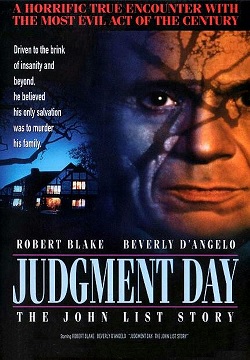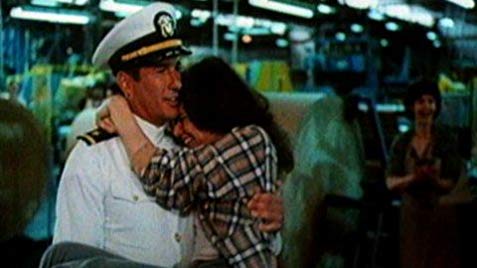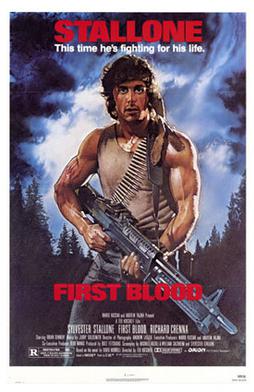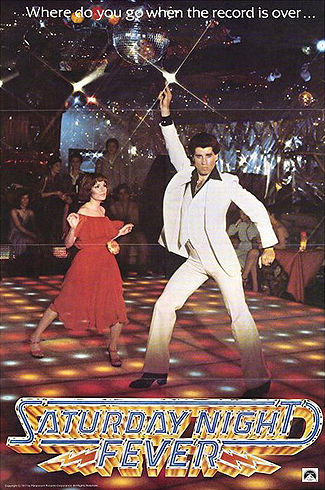In 1971, a 46 year-old account named John List committed a shocking crime.
To the outside world, John List was a normal suburbanite. He was perhaps a little bit strict but then again, it was 1971 and all of the traditional morals that John List had grown up with were being challenged in the streets and in the movies. Neither he nor his family were particularly sociable but again, it was assumed that they just liked the privacy that was afford to them by the mansion in which they lived. List was married to Helen. They lived with their three teenage children and List’s 84 year-old mother. John List was a hard worker, he taught Sunday School, and, again, he was seen as being perfectly normal.
On November 9th, 1971, John List methodically murdered his wife, his children, and his mother. He left his mother in her upstairs apartment while the rest of his family was laid out, in sleeping bags, in the ballroom. (Detectives later surmised that List stopped in the middle of his murder spree to have lunch and then attended his son’s soccer game before taking him home and killing him.) List left behind several notes, explaining that he was in a bad financial situation and that he feared that his family was heading down an immoral path that would have condemned their souls to Hell if he hadn’t killed them first. And then, John List vanished.
For the rest of the 70s and the 80s, John List was phantom. Some speculated that he had committed suicide while others thought that he had changed his identity and had probably remarried. In 1987, the classic thriller The Stepfather was released in theaters. Inspired by List’s crimes, The Stepfather starred Terry O’Quinn as Jerry Blake, a real estate agent who was obsessed with creating the perfect family. The Stepfather imagined its killer as a friendly but rigid man who snapped whenever his illusion of perfection was threatened. It also imagine him as someone who moved from town to town, searching for a new family that wouldn’t let him down.
As for the real John List, it turned out that those who suspected him of having changed his identity were correct. And, just as The Stepfather suggested, he had remarried and was actually now a real stepfather. List remained free until his story was included in a 1989 episode of America’s Most Wanted. A forensic scientist included a bust of what John List might have looked like in 1989 and a viewer realized that the bust looked a lot like an accountant named Bob Clark. “Bob Clark” was arrested and eventually, he confessed that he was actually John List. Despite his attorney’s attempt to argue that he was not guilty by reason of insanity, John List was eventually convicted of five counts of murder. He spent the rest of this life in prison, dying of natural causes in 2008.
The 1993 film Judgement Day: The Story of John List tells the story of List’s crimes and his subsequent attempt to build a new life for himself. John List is played by Robert Blake, which turns out to be a bit of a problem as Blake gives such a twitchy and obviously unstable performance that it’s hard to believe that he could have successfully gone into hiding for 18 years. Carroll Baker and Beverly D’Angelo are not given much to do as, respectively, List’s mother and List’s first wife while David Caruso appears as the detective who is determined to catch List. Though this film was made long before CSI: Miami, I still found myself expecting Caruso to say something quippy and put on his sunglasses.
Judgment Day doesn’t add much to the story of John List. It certainly doesn’t offer up any new insight into what led to List becoming a murderer, beyond the fact that List himself was just kind of a jerk. It’s pretty much a by-the-numbers production that’s only interesting today because of Blake’s subsequent legal problems. (For the record, I’ve always felt Robert Blake was innocent.) When it comes to John List films, stick with The Stepfather.











